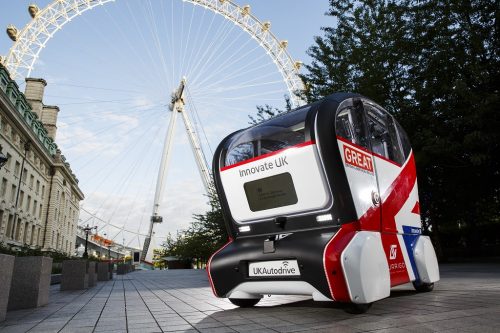
James Day attends the Connected and Automated Vehicle Engineering conference to gain insight on the progress of the UK’s autonomous trials and how legislation is moving
From September 25-26, Hotel La Tour, Birmingham, hosted the Connected and Automated Vehicle Engineering conference for 2017. The event featured speakers involved with many of the UK’s most high-profile autonomous vehicle trials, along with a number of manufacturers and Government organisations.
The event was chaired by Alan Stevens, Chief Scientist and Research Director at the Transport Research Laboratory (TRL).[…]
By subscribing you will benefit from:
- Operator & Supplier Profiles
- Face-to-Face Interviews
- Lastest News
- Test Drives and Reviews
- Legal Updates
- Route Focus
- Industry Insider Opinions
- Passenger Perspective
- Vehicle Launches
- and much more!


